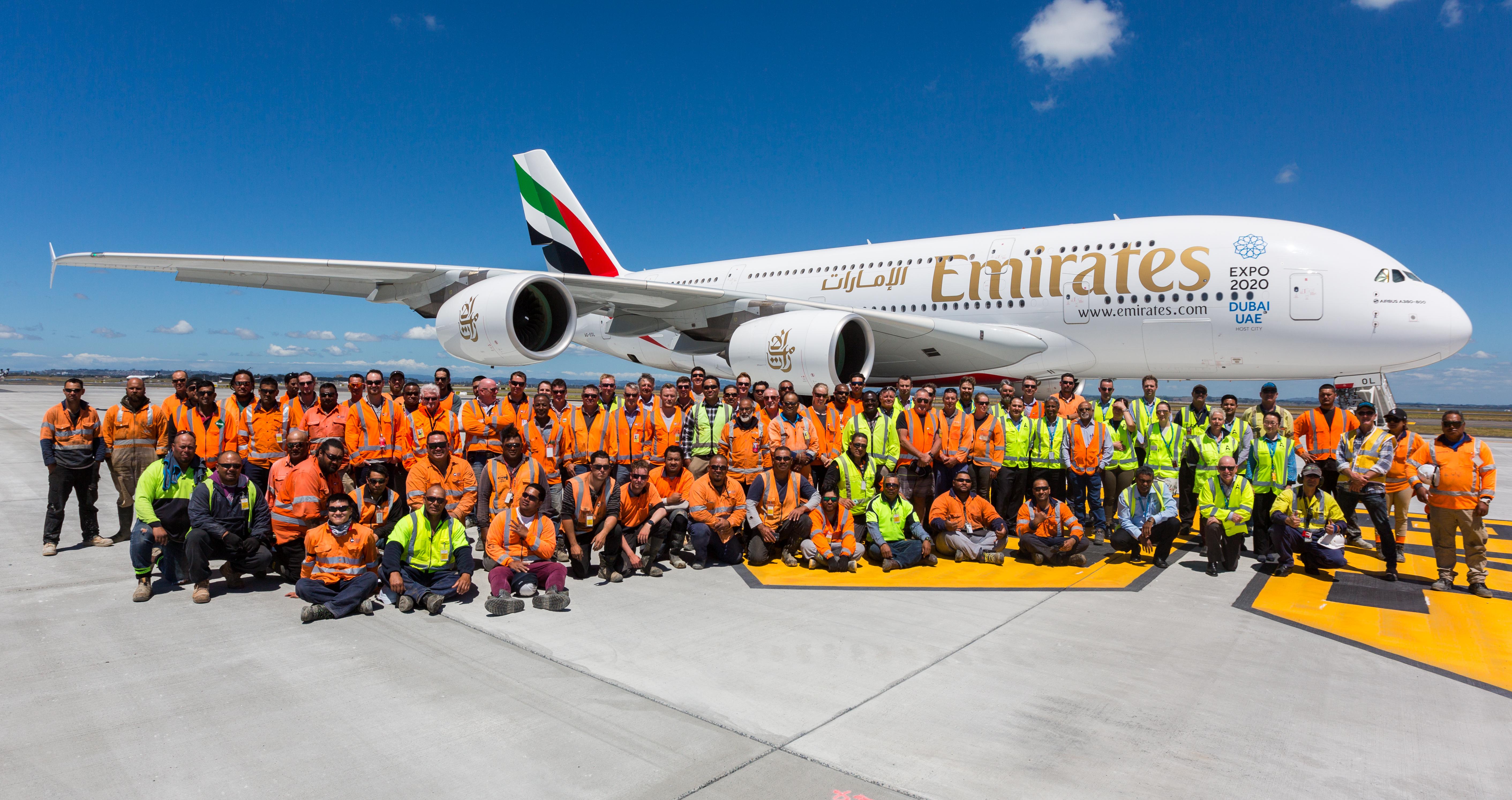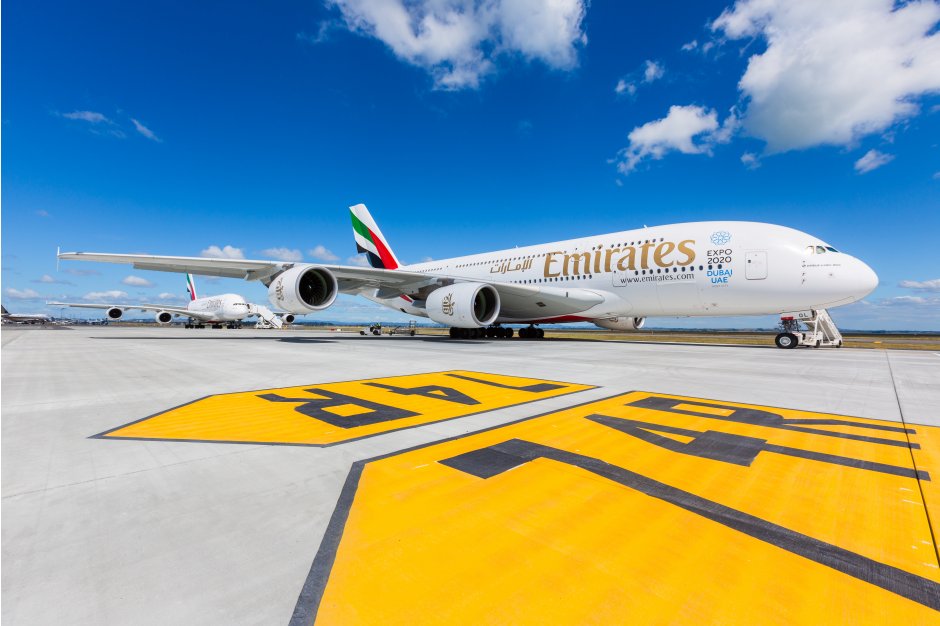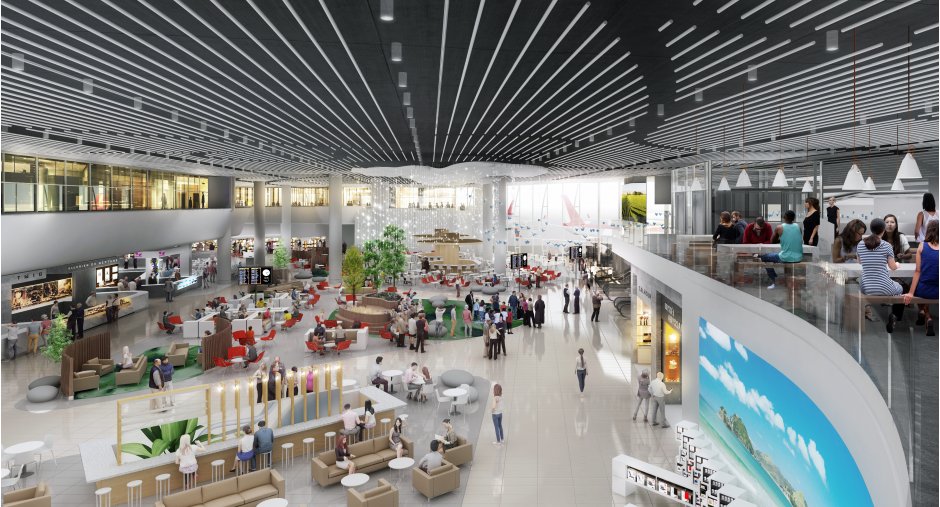
Auckland is already well established as the key gateway to New Zealand, handling over 90 per cent of all long-haul arrivals to the country.
The airport now offers flights to 19 domestic and 46 international destinations, and in the last year has welcomed 18.5 million passengers through its domestic and international terminals.
With inbound tourism booming, outstripping all forecasts, the second half of 2016 was a particularly fertile period. Overall passenger numbers climbed by 12.4 per cent to 9.4 million, with international transits up 28.6 per cent, to 353,978.
All of which gives Auckland a solid foundation on which to base its “airport of the future” vision, which was launched three years ago.
Airbus predicts that by 2030 Auckland will be an aviation mega-city welcoming over 10,000 long-haul passengers a day. Looking ahead to the apex of the 30-year vision, by 2044 Auckland expects annual passenger numbers to have increased to 40 million.
Route development
There have been some notable network development landmarks in recent months: Emirates’ direct daily service between Auckland and Dubai has proven so successful it has upgraded the flight to use an Airbus A380. In November 2016, Hong Kong Airlines introduced a daily service between Hong Kong and Auckland, providing a $120m tourism boost to New Zealand. And Air New Zealand has added a seasonal three flights per week service to Osaka.
Naturally enough, Australia remains the biggest market for Auckland, but it has also seen strong growth through Asia and America, says the airport’s Gez Johns.
He adds: “The emerging economies of China, South-East Asia, India and South America are changing the dynamics of global air travel, and we are ideally positioned to develop not only as a global hub for air travel in Australasia and the Pacific Rim, but for travel between Asia and South America.
“As of 13 June when we welcome Sichuan Airlines to the fold, we will have seven airlines connecting Auckland directly to seven Chinese cities, as well as daily services into South America, to Santiago and Buenos Aires.”

Improving New Zealand’s links to some of the world’s growth economies, including the diverse range of opportunities available in different parts of China, looks to be a smart move. And that’s not all. Auckland is well aware that there are still gaps in the global market where New Zealand travellers could be entitled to feel under-served – for now, at least:
“There are a number of destinations around the globe that we consider are currently underserved. The one-stop connections to Europe through the long haul services launched by Emirates and Qatar in the last year have already encouraged growth in travel from the UK and Germany, in particular, and we also see significant opportunities to connect directly to India and further east into North America.”
The busiest destinations for flights from Auckland are, at the top of the list, predictable enough – Christchurch, Wellington, Sydney and Melbourne – with the main non-Australasian destinations being Hong Kong and LAX. That North American opportunity looks to be well within Auckland’s compass - United Airlines is now flying to San Francisco in one key development.
When it comes to the busiest carriers, meanwhile, Air New Zealand is out in front, followed by Australian low-cost carrier Jetstar Airways, Emirates, Qantas and Virgin Australia.
Fit for expansion
With the ongoing expansion of Auckland’s international network, changes are afoot. The international departure area at the airport is currently undergoing an expansion and upgrade programme, while gate lounges capable of accommodating the world’s largest aircraft, the A380 and B787, are being added. Both these projects will be completed in 2018.
The pier B project will have inbuilt flexibility, being able to accommodate four of the larger jets at once, or alternatively eight A320 aircraft.
Major news came in May, with the announcement that a specialist consortium to lead the completion of the concept design for the airport of the future plan has been appointed. The central point is the creation of a combined domestic and international terminal.
The consortium, selected through a rigorous tender process, is led by global engineering consultancy Mott MacDonald and blends international and New Zealand experience through Architectus and Holmes Consulting, along with London-headquartered Grimshaw, a vastly experienced firm in delivering high-end transport projects – the firm has also been appointed on the expansion of London Heathrow.
Adrian Littlewood, Auckland Airport’s chief executive, says that the talent that these companies can commit to the project was a key factor in their selection.
“The selected consortium’s experience covers over 1,000 aviation projects in 120 countries across 260 airports. In addition to specialist experience and knowledge, the consortium’s architects have a proven record of successfully bringing local cultural influence into the fabric of their passenger focused design. This is a significant factor for us as we build a world class airport with a uniquely New Zealand feel.”

The scope of the design project covers building works over the next 10 years. This includes not only the new integrated domestic terminal, but also a significant expansion of border processing and the integration of extensive new transport and car parking facilities.
Keith Howell, chairman of Mott MacDonald, adds: “This is a tremendously exciting project that will further enhance Auckland Airport's standing as a key hub in the Asia-Pacific region and the gateway to New Zealand. To deliver this, we will draw on our experience at other strategically important airports such as London Heathrow, Hong Kong and Singapore, and have brought together a multi-talented consortium that has worked together before on other landmark schemes.”
The consortium will begin work almost immediately, with the design expected to be complete in early 2018
The core of the Mott MacDonald work will follow straight on from the current works – essentially designing a new integrated domestic terminal at the southern end of the existing international one. This will require the entire forecourt concourse to be transformed, integrating multi-storey carparks within an extensively landscaped plaza to provide what the airport intends to be a memorable and uniquely New Zealand sense of arrival to and departure from Auckland.
Ultimately, Auckland says, the airport of the future will feature three piers and two runways, with the second runway likely to be built by 2028. These core developments will bring associated projects in their wake, such as a suite of additional aviation support buildings, including new cargo and maintenance facilities.
The airport’s ambitions are being backed up by wider public initiatives as well – this year sees completion of the $1.4bn Waterview Connection and the $146m upgrade of the State Highway 20A/Kirkbride Road intersection, both of which should improve travel times to the airport.
All this is a major financial commitment, but the airport can rarely have been in a healthier financial position. Revenue for the second half of 2016 was $310.9m, up 10.8 per cent year-on-year., with total profit up by 22.5 per cent, to $141.8m
It’s a big commitment, and it is happening right now. As Johns says: “Delivery of all these elements will be carefully staged to ensure we have the resilience to accommodate growth in passenger and flight numbers. Development will amount to a multibillion dollar investment by the airport – right now we are spending close to a million dollars every working day on building and maintaining our core airport infrastructure.”